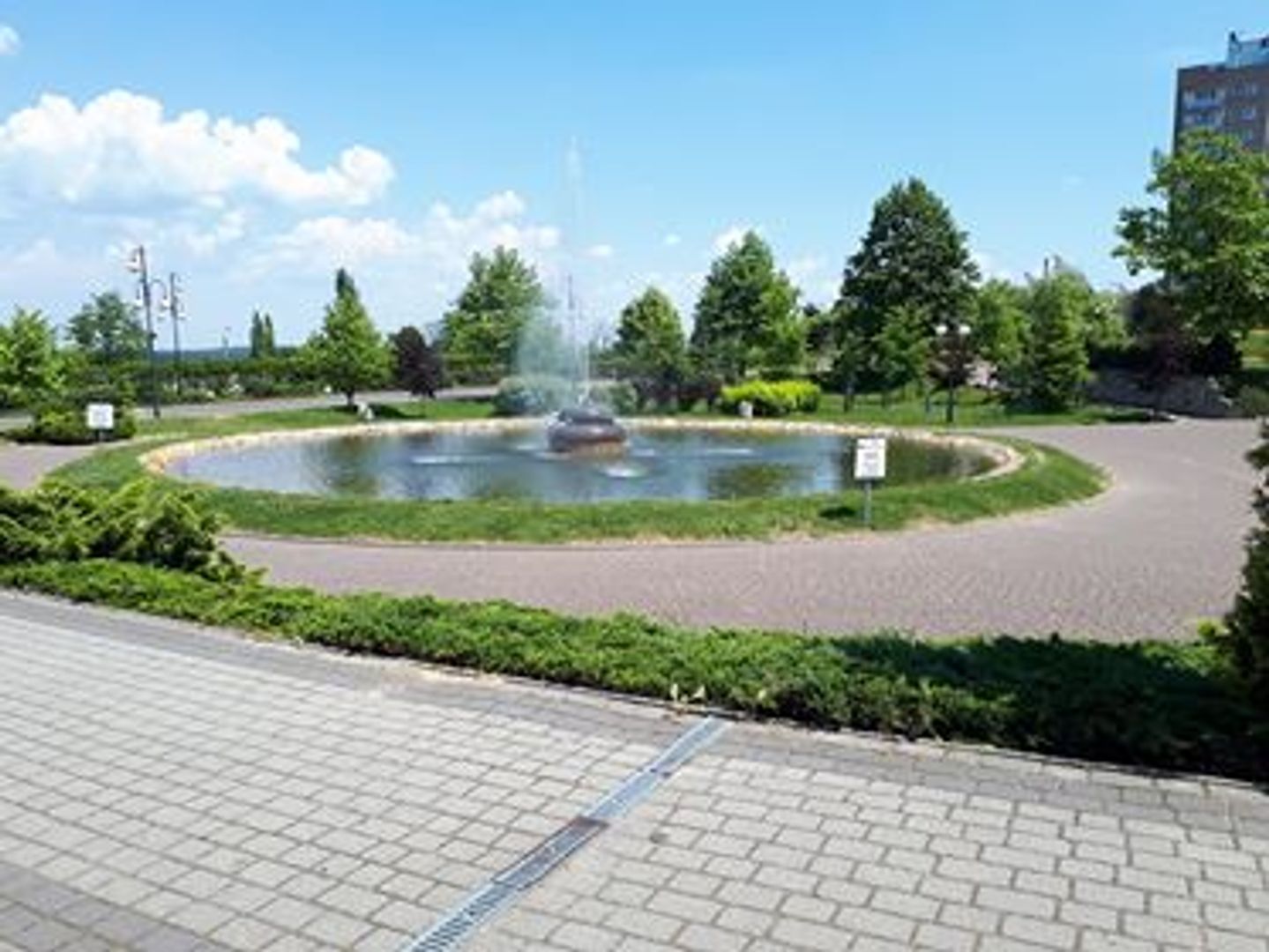Libiąż
6.59

Overview
Located in the Lesser Poland Voivodeship, on the outskirts of the Krakow Metropolitan Area, Libiąż is a town with a rich history dating back to medieval times. The first mentions of Libiąż appear in the chronicle of Jan Długosz from 1243, concerning the transfer of the settlement to the Benedictine nuns' monastery. Over the centuries, Libiąż was owned by various noble families and changed its borders throughout history, being associated with the Duchy of Oświęcim and the Kraków district. The 19th century brought industrial development, driven by the discovery of rich coal deposits. The town is primarily known for the "Janina" hard coal mine, which began operations in 1907. Architecturally, the neo-Gothic Church of the Transfiguration of Jesus, designed by Teodor Talowski, stands out, as do the preserved houses on Floriańska and Sienkiewicza Streets, forming a historic village layout. Libiąż is also a place of various religious denominations, with the dominant presence of the Roman Catholic Church and other faiths such as the Polish Catholic Church and Jehovah's Witnesses. The town features numerous monuments commemorating important events and figures, including the John Paul II monument in Park Młodości and the "Partisans" monument related to World War II. Libiąż is also a cultural hub with institutions such as the Libiąż Cultural Center and the "Ale Kino" cinema. The town is a partner in international relations, cooperating with cities such as Rouvroy and Corciano. Surrounding Libiąż are forests, part of the Chrzanów Forest District, which add charm to the local landscape. Historically, Libiąż has witnessed many significant events, including a labor camp and partisan activities during World War II. Post-war industrial development contributed to its attainment of town status in 1969, when Mały Libiąż gained city rights, and the locality changed its name to Libiąż. Today, Libiąż is a dynamically developing town that combines industry with a rich history and unique cultural heritage. It attracts residents with numerous cultural and recreational events, making it an attractive place to live and visit.
Location
2025 Wizytor | All Rights Reserved